Retro Replay Review
Gameplay
Albert Lasser’s Clearing House delivers a deep, real-time simulation of the global equity market. Players assume the role of a young company owner striving to expand both private wealth and corporate assets. Every decision counts as the clock in the upper right corner ticks relentlessly, forcing you to balance strategic foresight with on-the-spot judgments.
(HEY YOU!! We hope you enjoy! We try not to run ads. So basically, this is a very expensive hobby running this site. Please consider joining us for updates, forums, and more. Network w/ us to make some cash or friends while retro gaming, and you can win some free retro games for posting. Okay, carry on 👍)
To run your business successfully, you must shuttle between various locations—your office, banks, the airport, and even a late-opening pub. Each venue offers unique actions: bribing informants for insider tips, negotiating credit lines with bankers, briefing your secretary on critical tasks, or staying informed by reading economic articles in the newspaper. With certain buildings accessible only at specific hours, effective time management becomes as important as market acumen.
Competition heats up when you face up to twelve AI opponents or team up with up to three human players in multiplayer mode. You can adjust the difficulty level of the computer-controlled rivals to match your skill, ensuring that both newcomers and market veterans find the challenge suitably demanding. Whether you’re bartering shares or executing cross-border transactions, the dynamic interplay of choices creates a thrilling, high-stakes environment.
Graphics
While Albert Lasser’s Clearing House isn’t a visual spectacle in the vein of modern 3D titles, its crisp 2D interface effectively conveys the complexity of the financial world. Charts, ledgers, and stock tickers are laid out clearly, allowing you to track asset performance at a glance. The real-time clock and location icons remain visible throughout, providing constant situational awareness.
Each in-game location features a distinct visual style: the wood-paneled office brims with paperwork and open ledgers, banks boast sleek marble counters, and the dimly lit pub evokes a sense of intrigue as you meet clandestine informants. Simple animations—such as scrolling news headlines or a plane taking off at the airport—lend the world a sense of motion without overwhelming your system.
The map that unfolds as you expand your operations around the world is surprisingly detailed. From New York to Tokyo, each city location carries its own color palette and architectural cues, reinforcing the global scale of your financial empire. Though the graphics are functional rather than flashy, they serve the gameplay perfectly, ensuring you stay focused on decision-making rather than visual spectacle.
Story
At its core, Albert Lasser’s Clearing House presents a classic rags-to-riches narrative: you start as a fledgling entrepreneur with big dreams and tight budgets, and must navigate the cutthroat world of international finance to build a fortune. There’s no cinematic plot with cutscenes; instead, the story unfolds through your actions, newspaper headlines, and boardroom successes or failures.
The game world responds dynamically to your choices. Successfully cornering a market or orchestrating a high-profile merger will earn you headlines in the economic press, while a poorly timed loan can trigger rumors of bankruptcy. This emergent storytelling keeps every playthrough unique, as you craft your own narrative of triumphs and setbacks.
Interactions with informants, bankers, and competing CEOs inject personality into the simulation. Brief phone calls and whispered deals at the pub hint at the alliances—and betrayals—waiting around every corner. Though these narrative beats are subtle, they imbue the strategic layers with a human element, making your financial ascent feel personally significant.
Overall Experience
Albert Lasser’s Clearing House is a captivating simulation for anyone fascinated by high-finance and strategic planning. Its real-time clock mechanic, combined with location-based decision trees, ensures that every session is a fresh exercise in balancing risk and reward. Whether you spend the afternoon cornering oil futures or negotiating an international credit line, the game keeps your mind engaged from start to finish.
The learning curve can be steep, especially for players unfamiliar with stock market terminology. However, the adjustable AI difficulty and clear in-game tutorials help newcomers find their footing. Seasoned strategists will appreciate the depth of options—from bribing informants to managing multi-leg trades across time zones.
In the end, Albert Lasser’s Clearing House offers a uniquely immersive business simulation that rewards patience, planning, and adaptability. Though it forgoes glossy graphics in favor of functional clarity, its intricate systems and emergent storytelling deliver a satisfying challenge. For those eager to test their financial instincts on a global stage, this title is a compelling purchase.
 Retro Replay Retro Replay gaming reviews, news, emulation, geek stuff and more!
Retro Replay Retro Replay gaming reviews, news, emulation, geek stuff and more!
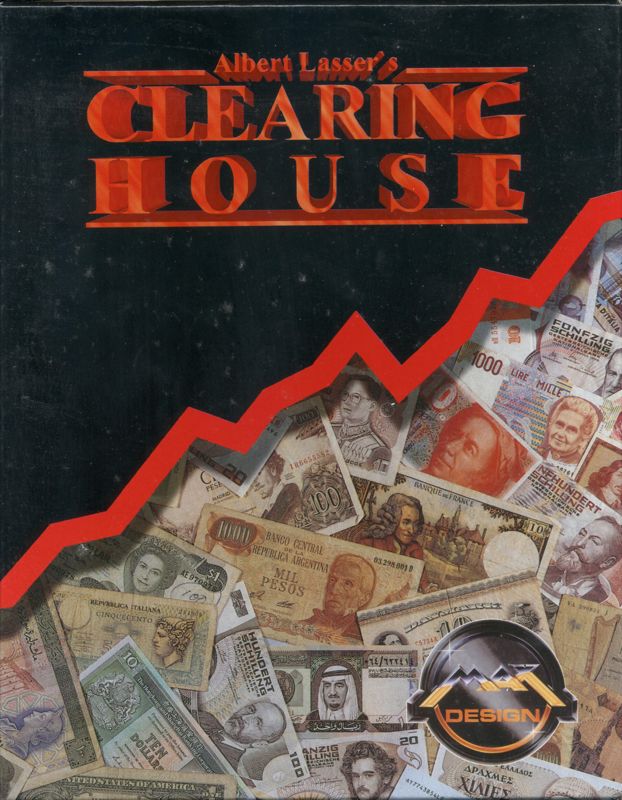
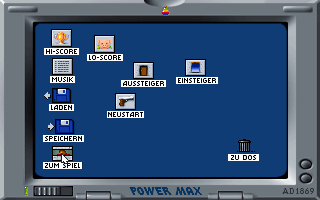
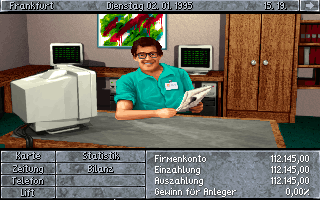

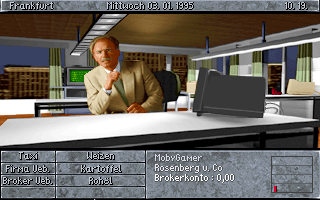
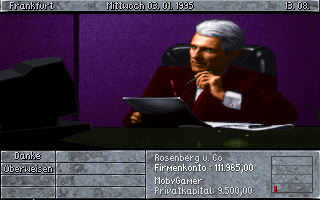



Reviews
There are no reviews yet.